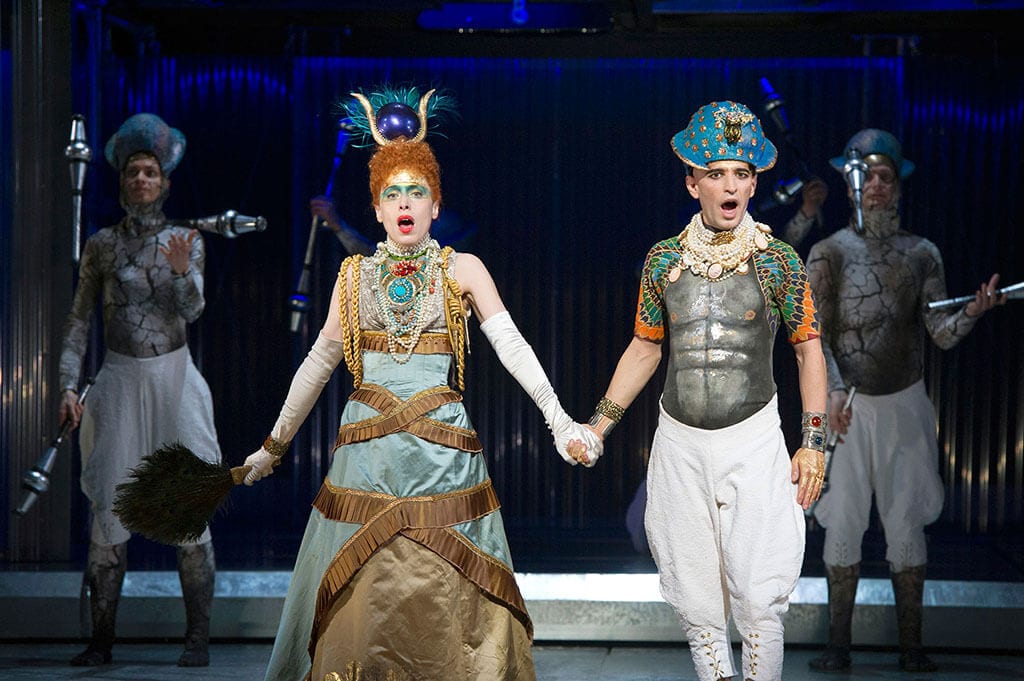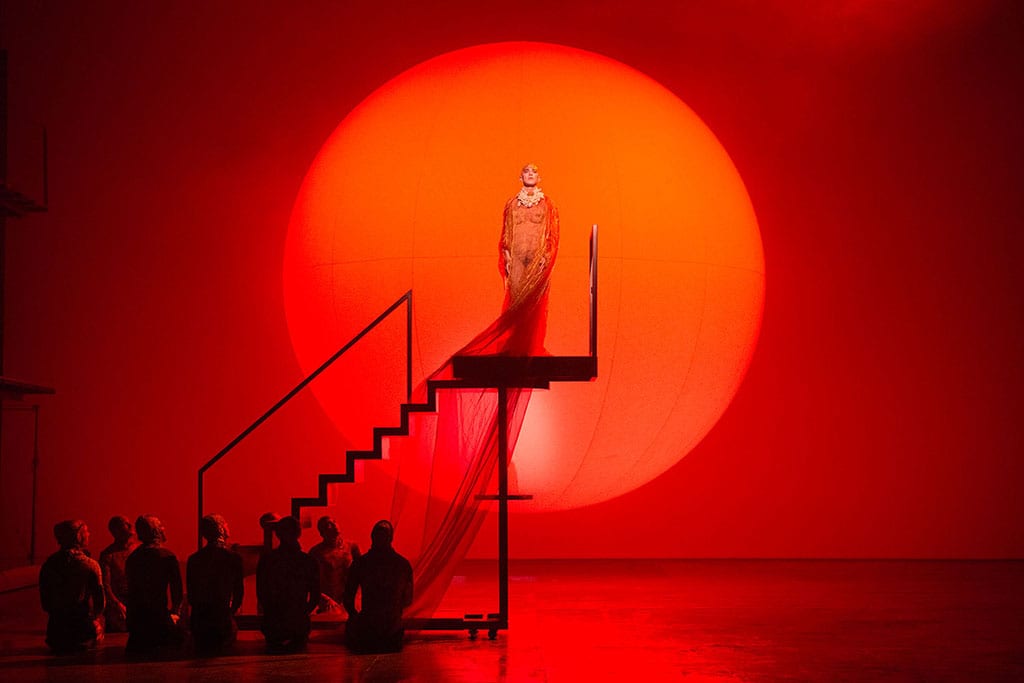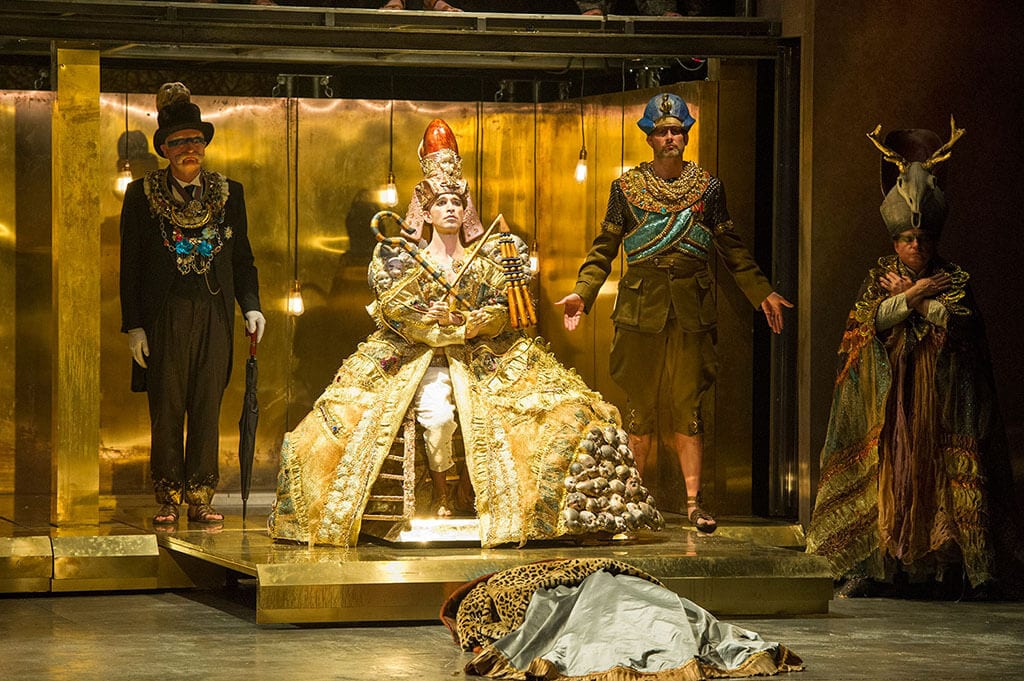Opera isn’t quite the right word.
Though some of his more recent works in the genre hew more closely to the traditional conception, the three “portrait” operas of Philip Glass feel less like sung story, and more like a staged score – the performance serving to illustrate the music, rather than the music serving the demonstrate the drama.
And of the three, Akhnaten is perhaps the most musically problematic. Not because of the characteristic Glass rhythmic modulation of melody as the primary musical mode, but because of the work’s structure.
Both Satyagraha and Einstein on the Beach present a series of musical meditations rather than a traditional story – but both reach a clear musical climax towards the end of the performance – Spaceship to Knee Play 5 in Einstein, and Evening Song in Satyagraha. Both provide a driving rhythm followed by clear release, closing out with a satisfying sense of finality, despite the lack of a traditional narrative “ending”.
Akhnaten does not share this structure, and takes on a barebones narrative, following Akhnaten’s accession to the throne, his declaration of monotheism, his withdrawal from society, his deposition and death, the ruin of his work and world.
The most pulsating music appears at the beginning of the first Act – the Funeral Of Amenhotep III, the Opera ending with muted the survey of the Ruins of Aten, and a ghostly Epilogue.
Inverting his earlier approach, Glass to some extent subverts the power of his musical language and, it must be said, Ahknaten never quite packs the musical punch of its companion “portrait” pieces.
So if staging a Philip Glass opera is a risk, staging Ahknaten is doubly so, particularly when you’ve just revived Satyagraha to general acclaim, and when you’re an organisation in the midst of major structural and cultural change.
The ENO is to be congratulated not just for taking the risk in the first place, but also for ensuring that it paid off so handsomely. There is no doubt about it, the ENO’s Akhnaten is a deeply satisfying work of art.
The music is never less than crisp, clear and compelling – Karen Kamensek giving excellent lead to a well disciplined and responsive orchestra.
Among the uniformly first-rate singers, Anthony Roth Costanzo’s counter-tenor stands out, not just for the purity of his voice, but its incredible power and emotional import – in the stalls you could, at times, actually feel his voice hit you in the chest.
But what truly elevates this production is the staging.
The sets, the costumes, the choreography, and the lighting all worked brilliantly under the direction of Phelim McDermott, creating moments of pure visual, aural and emotional bliss.
So while the score’s atypical structure prevents it from reaching the hypnotic peaks of Einstein or Satyagraha, Akhnaten is a beautiful testament to the power of Glass’s musical methodology, the dynamic direction of McDermott, and the artistic daring of the ENO.





